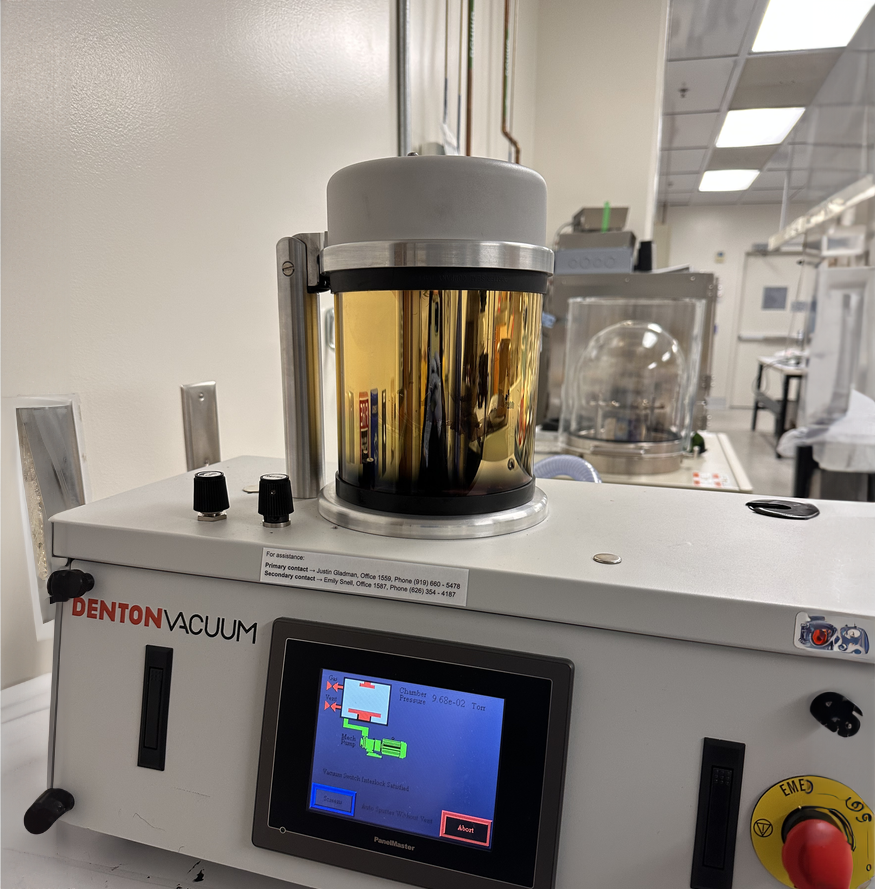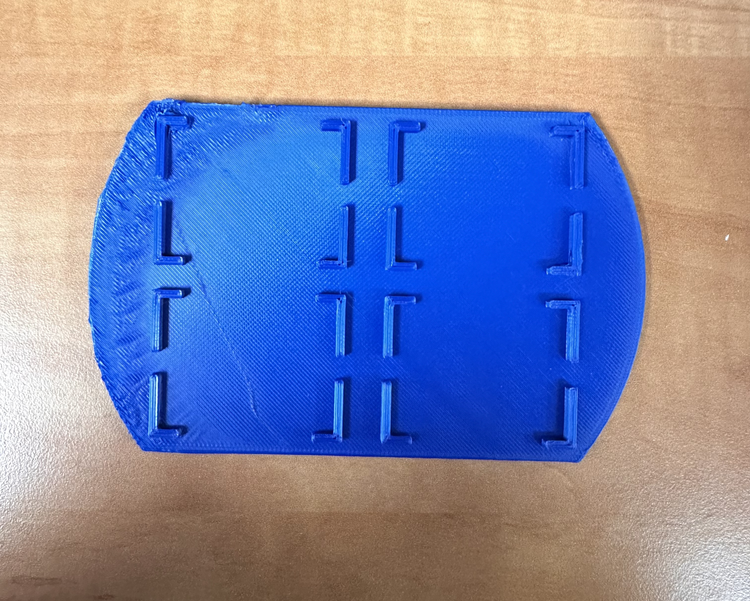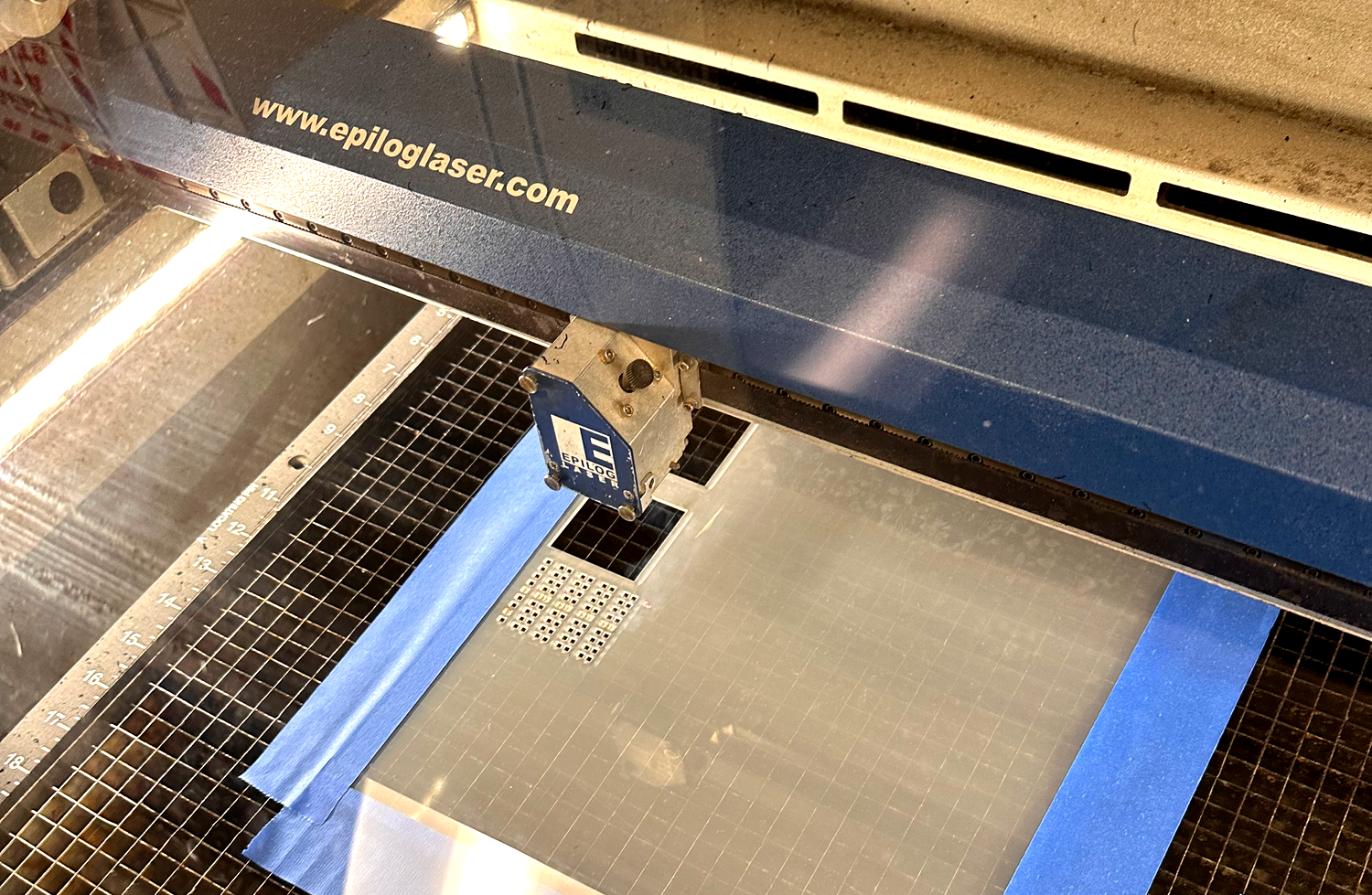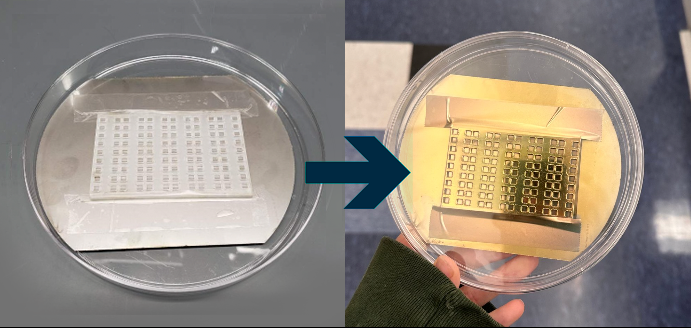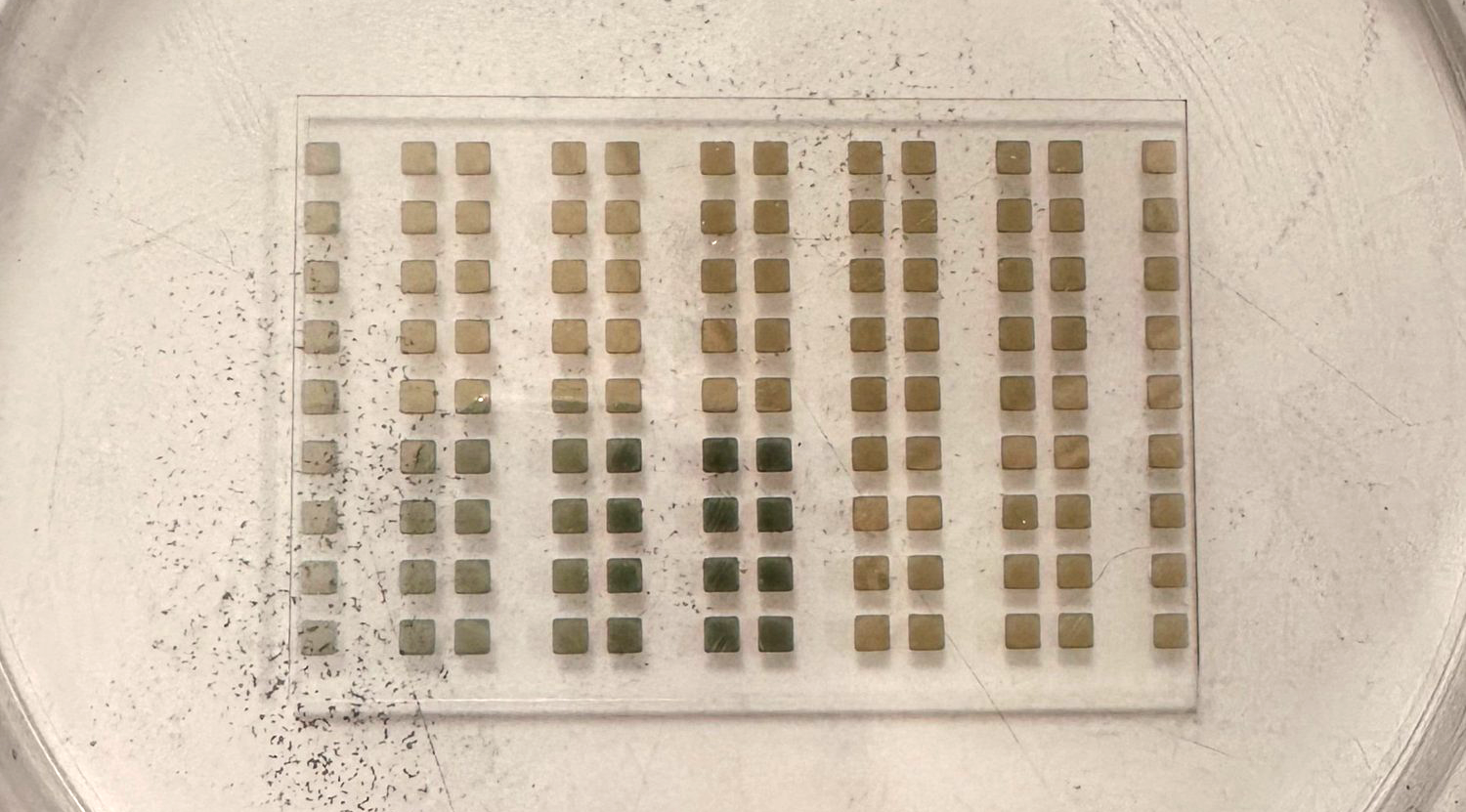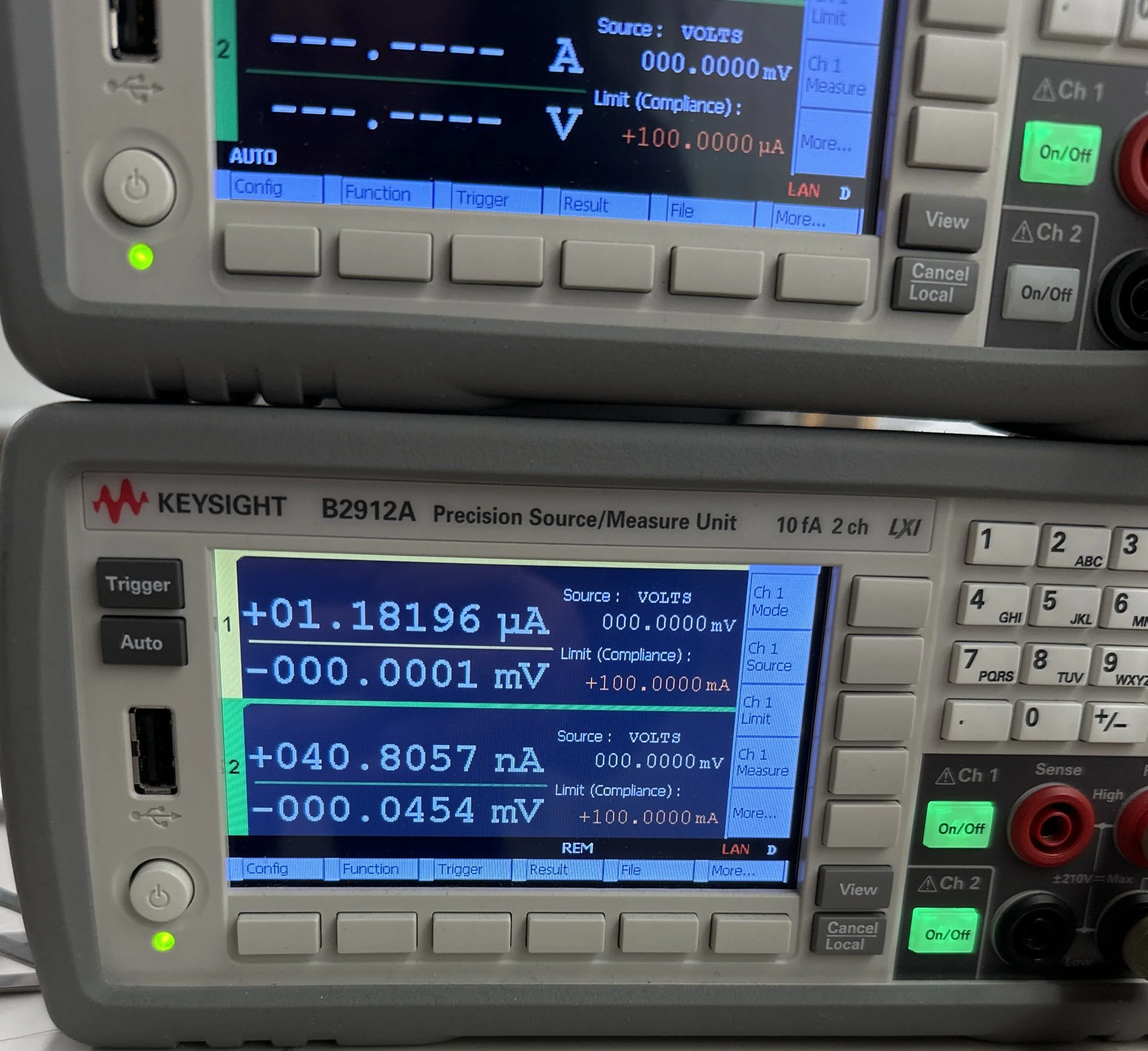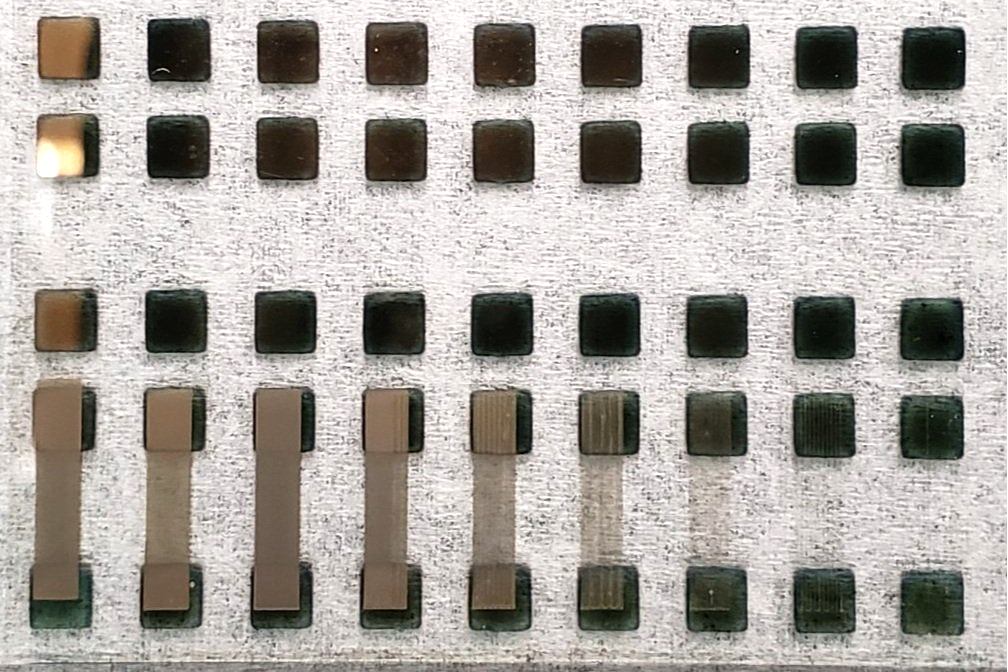DOSED stands for Direct-Printed On-Skin Electronic Drug-Delivery, a pioneering technology I contributed to developing.
Microheater Masks
To validate the microheater concept for the drug delivery system, electrodes were printed on Kapton films and glass sheets coated with gold via sputtering. To expedite manufacturing, I developed masks compatible with the Gold Sputter (SPUT3) equipment as seen to the right.
DOSED-Independent Study
DESIGN GOALS
01 EFFICIANCY
Developing product to make manufacturing faster and more effective.
02 CONSISTENT
Precision for each product important to ensure the experiments are accurate.
03 EASE OF USE
Needed a simple solution that people testing could easily and effectively use.
Kapton Film Heaters
The Kapton film masks and trays were 3D modeled and printed using PLA.
The tray is precisely toleranced to fit seamlessly into the Gold Sputter, ensuring rapid testing by allowing it to be placed directly into the system without adjustments.
The masks are precisely toleranced to a specific thickness to prevent gold from coming into contact with this section of the film.
Kapton film tray design
Kapton films in tray with masks
Glass Heaters
The glass sheet masks are laser-cut from acrylic to ensure precise spacing between each gold pad.
Glass heater masks in laser cutter
After gold sputter with mask
Before gold sputter
Completed glass heater after mask taken off
Testing
I collected voltage and current data to verify that the microheaters sustained consistent current flow over an extended period, using varying numbers of printed electrodes to demonstrate the effectiveness of the microheater concept.
Multimeter values displaying voltage and current
Range of electrodes printed on glass
PROJECT FEATURES
Testing
Manufacturing
3D Printing

